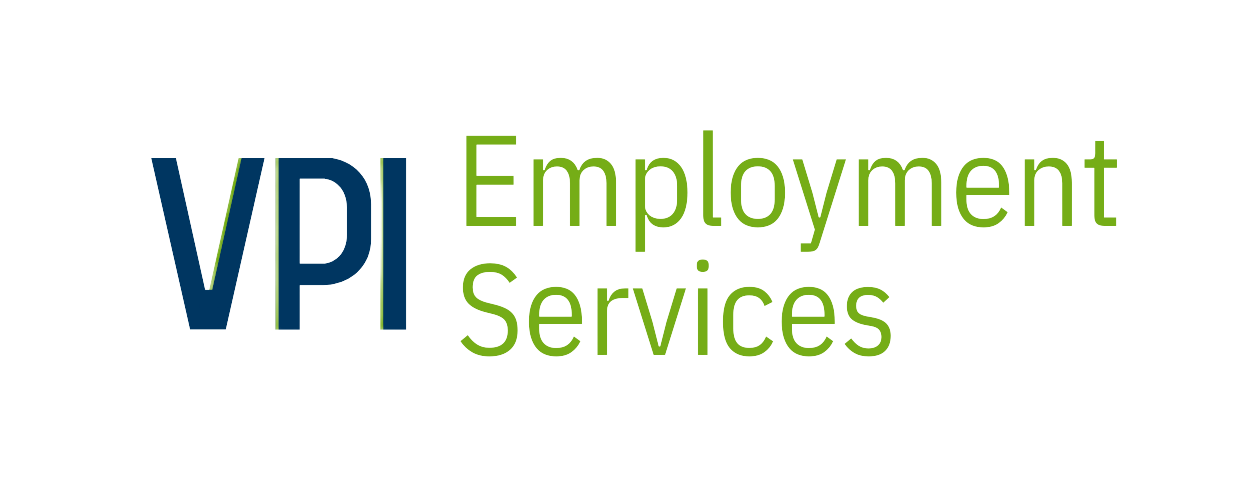LinkedIn recently released the results of its annual survey of hiring managers and recruiters from across the globe. The results show three key hiring trends that could have an impact on your job search in 2018.
1. Diversity
79% of Canadian hiring managers see diversity as the number one trend affecting hiring.
What is diversity?
Diversity in the workplace means ensuring that a wide range of viewpoints and backgrounds are represented in a company. While workplace diversity has been on hiring manager’s minds since the 1980s, LinkedIn suggests that there are real and noticeable shifts in the way hiring managers are thinking about diversity.
Specifically, companies are focusing on “inclusion” and “belonging” in addition to diversity. These two additional trends have more to do with a company’s culture than just hiring practices, and are key to making diversity stick.
Why is diversity a priority for hiring managers?
According to LinkedIn there is “growing evidence that diverse teams are more productive, more innovative, and more engaged”. The top three reasons why hiring managers care about diversity are:
- To improve culture (78%)
- To improve company performance (62%)
- To better represent customers (49%)
What does this mean for your job search in 2018?
The most obvious effect of increased workplace diversity is that more opportunities will be available for people who might not have traditionally been considered. You can make the most of this by casting a wider net in your job search and giving roles you may not have thought you’d be suited for another look.
The intention of a focus on diversity is to change the way that a company’s culture operates. When applying and interviewing for jobs try to think about and emphasize what you can “add” to the company rather than just how you can “fit in”.
2. The new interview
51% of Canadian hiring manager’s surveyed cited “interviewing innovation” as “very” or “extremely” important.
What is “the new interview”?
The traditional interview process (resume, followed by a phone screen, followed by one to two in-person interviews) is costly, time-consuming and not guaranteed to end up with the best candidate. Technology, an emphasis on different skill sets and some new business practices make innovations in interview techniques more appealing for hiring managers. Some of these techniques include:
- Soft skills assessment
- Video interview
- Group interviews
- Job “tryout”
- Casual setting interview
- Virtual reality assessment
Why are interview innovations a priority for hiring managers?
The traditional interview is not perfect for making hiring decisions. How is an interviewer supposed to know if they’re asking the right questions, how the candidate will act in real world situations, or if their own biases are clouding their judgement? Interviewing innovations are an attempt to fill some of the gaps that the traditional interview creates and speed up the process.
Here are the top four problems with the traditional interview according to the survey respondents:
- Assessing a candidate’s soft skills (63%)
- Understanding candidate weaknesses (57%)
- Bias of interviewer (42%)
- Too long of a process (36%)
What does this mean for your job search in 2018?
Be flexible. These new interview techniques may seem odd at first, but as more innovations are refined and adopted they’ll become the new standard.
But don’t abandon your standard interview preparation just yet. While interviewing innovation is important for 51% of hiring managers, 74% said they still frequently use the traditional, structured interview (and 88% said they find it effective). It may take a while for the traditional interview to be replaced in many places.
The gaps in the traditional interview are on the minds of interviewers. You could try to address some of these gaps by emphasizing your soft skills, talking about your weaknesses or even acknowledging the interviewers time.
3. Data
42% of hiring managers say that data is a top trend affecting how they hire.
64% of recruiters currently use data; 79% say they will use it in the next 2 years.
What is “data”?
Data, or “big data” as it is sometimes called is a practice of using, automated machine learning and large information sets to help make predictions and decisions. It is, in essence, making past behaviour trackable and measurable to create faster and more effective future decisions.
Why is data important for hiring managers?
Using data and some of the automation that it comes with, cuts the hiring process time by as much as half. For companies that are hiring thousands of employees each year, using automated computer-assisted screens to cut down a field of thousands to fewer than a dozen saves a tremendous amount of time.
What does this mean for your job search in 2018?
It’s not yet clear how talent agencies are measuring candidates to get them through the screening process. But you can bet that any information about you that is freely available is a part of it.
If you don’t have a professional social media presence, you should create one. If you have a resume that is out of date or missing key information, make sure you make those changes before posting or submitting it.
We can help
Whatever the trends for the next year are from the hiring manager’s perspective, we can help.
- Improve your soft skills by signing up for a free Customer Service Excellence workshop
- Find out what specific skills employers are looking for when they hire with our Skills Development software
- Get help setting up a social media profile and apply for online jobs with our Career Exploration software
For more information on how we can help you in 2018, contact us today.

